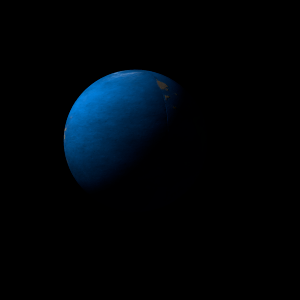|
|
Space Astro
|
Info for exoplanet "Desar-iso"
| Scientific (actual) data |
|---|
| Name | Kepler-169 f |
| Planet status | Confirmed |
| Radius | 0.23 |
| Orbital period | 87.0902 |
| Semi major axis | 0.359 |
| Discovered | 2014 |
| Updated | 2021-02-05 |
| Tconj | 2455020 |
| Impact parameter | 0.56 |
| Publication | Announced on a website |
| Detection type | Primary Transit |
| Alternate names | 2MASS J19035997+4055095 f, K00505.05, KIC 5689351 f, KOI-505 f, KOI-505.05, WISE J190359.97+405509.7 f |
| Star name | Kepler-169 |
| Right ascension | 286° |
| Declination | 40.92° |
| Mag j | 12.729 |
| Mag h | 12.283 |
| Mag k | 12.186 |
| Star distance | 411.34 |
| Star metallicity | 0.238 |
| Star mass | 0.86 |
| Star radius | 0.76 |
| Star temperature | 4997 |
| Star alternate names | 2MASS J19035997+4055095, KIC 5689351, KOI-505, WISE J190359.97+405509.7 |
| Wikipedia article | Kepler-169 f |
Back
| |
| Fictional info (?) |
|---|
| Suggested name | Desar-iso |
| Planet type | Cold planet |
|
| Atmosphere | Argon | 48% |
| Carbon dioxide | 19% |
| Helium | 18% |
| Methane | 13% |
| Hydrogen | 1.7% |
| Oxygen | 6.0E-6% |
| Atmospheric pressure | 1.2 bar |
 |
| No known satellites |
| Google search for Desar-iso |
|
Website by Joachim Michaelis
|
|
|
|